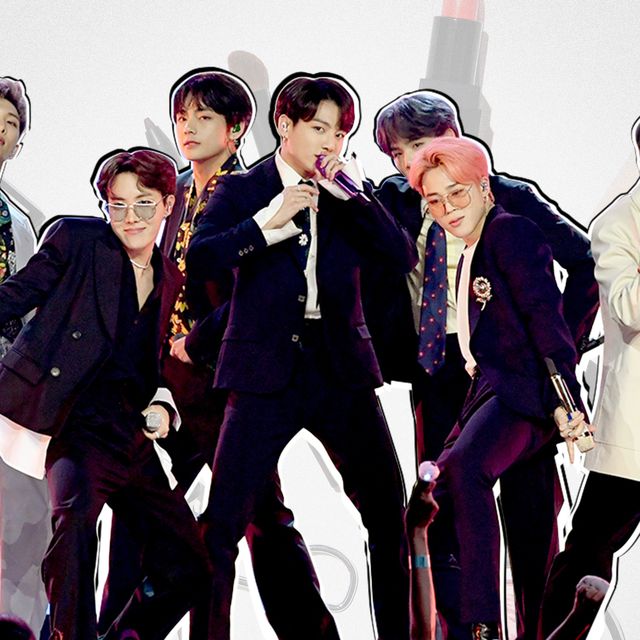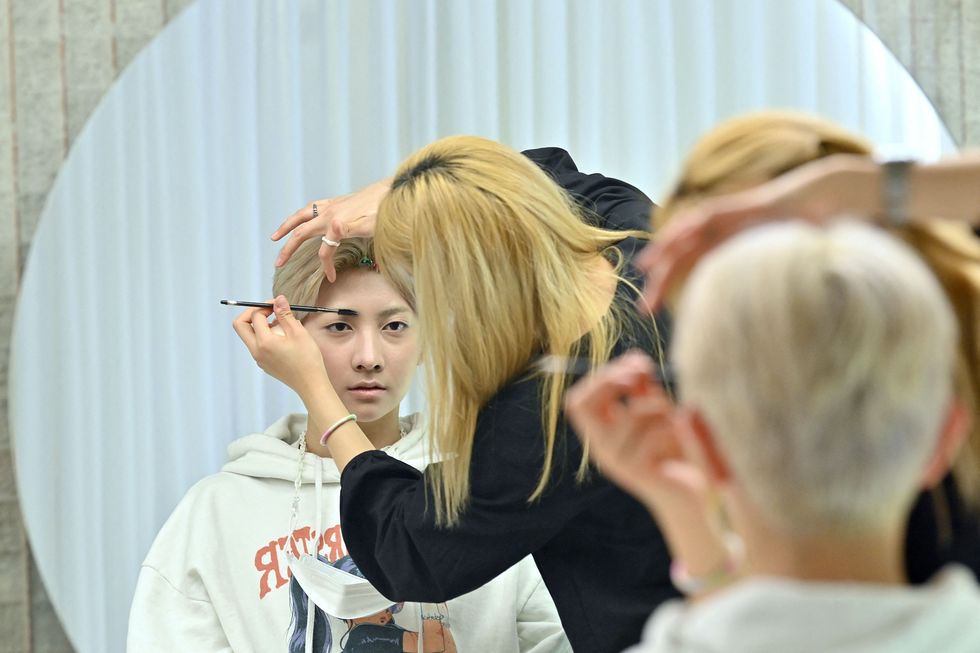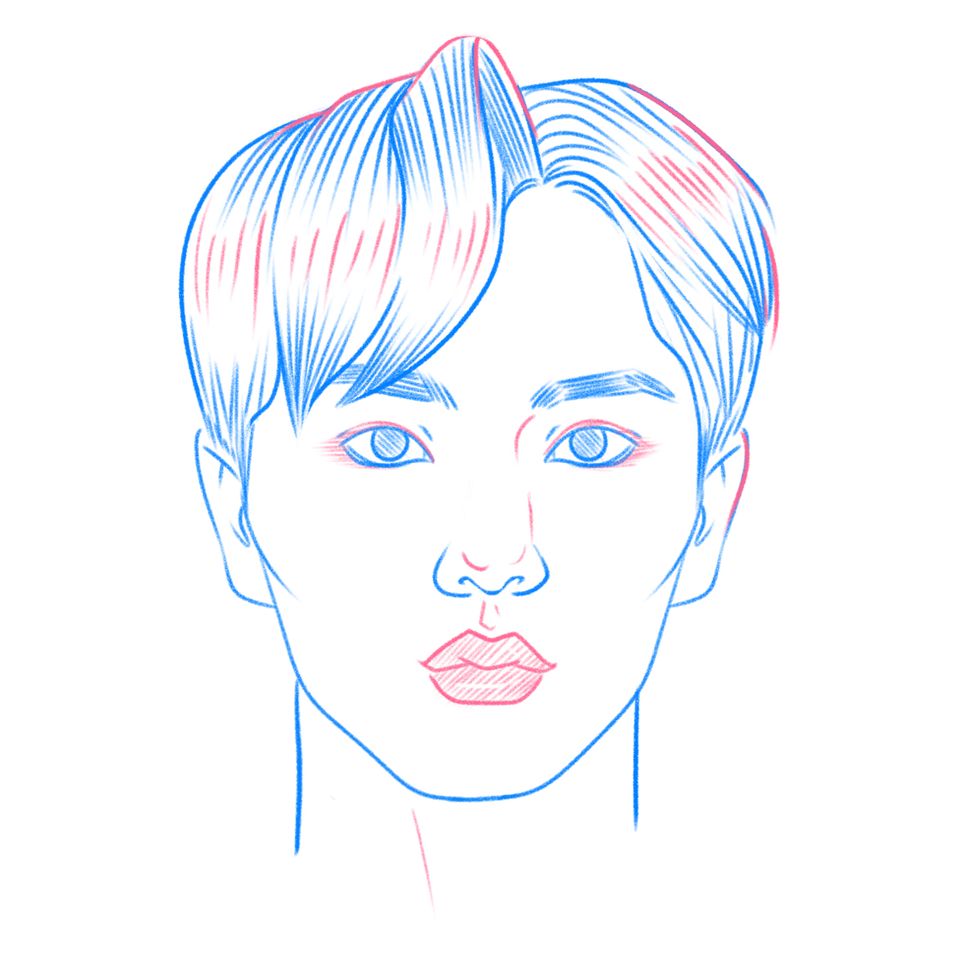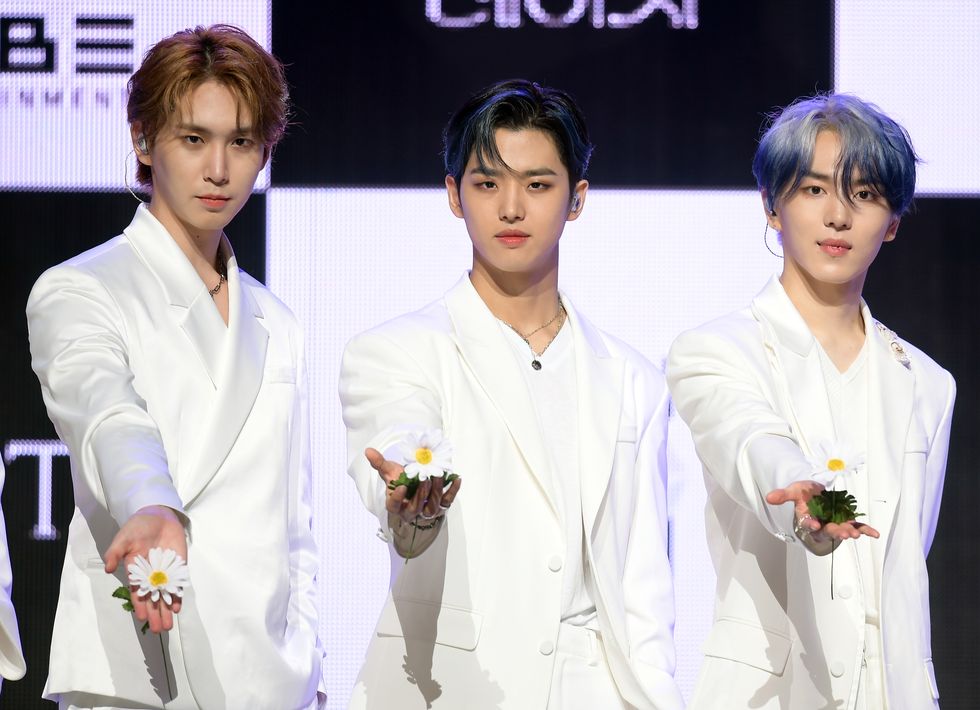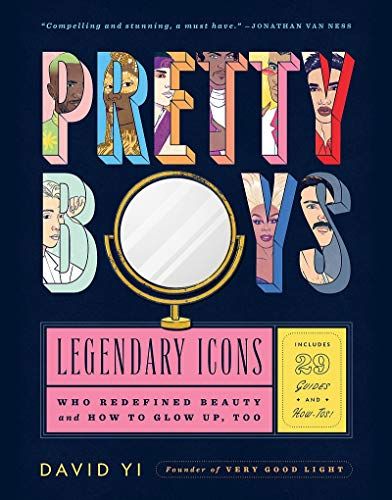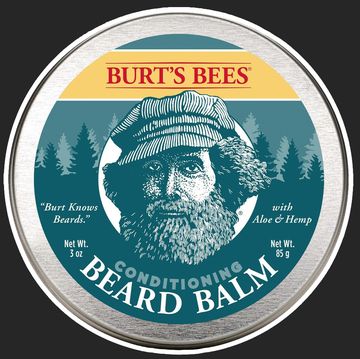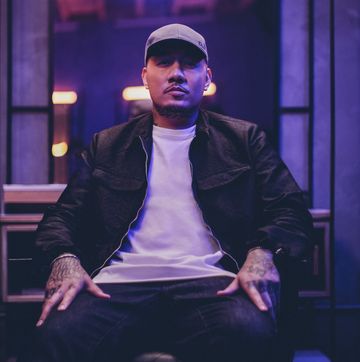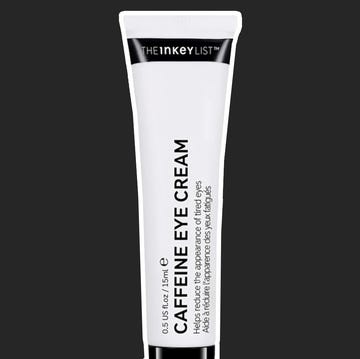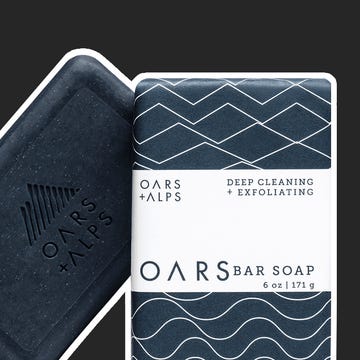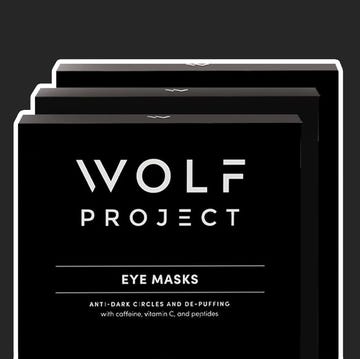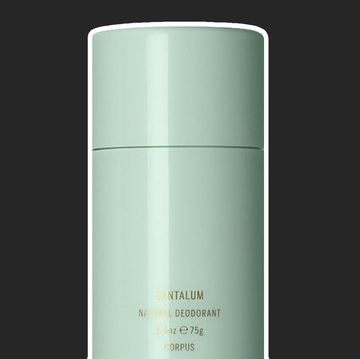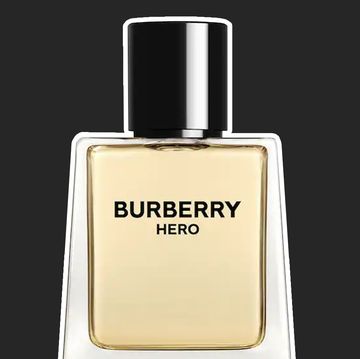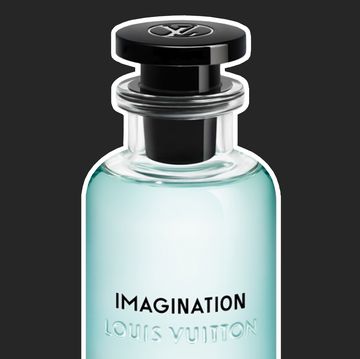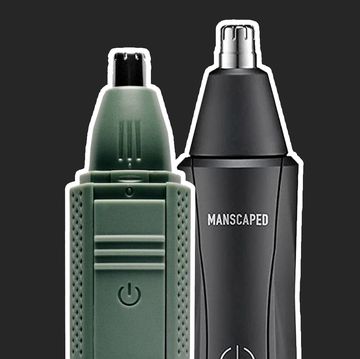When BTS won the Billboard Music Award for Top Social Artist in 2017, they did more than just crash the internet. Little did they know, they were waging a war against Western standards of masculinity. The very next day, BTS was trending stateside, with thousands of Americans fixated by the guys’ use of cosmetics and questioning their masculinity and sexualities.
While the Western world has been coming to grips with the gender binary under oppressive patriarchal rules more recently, South Korea has celebrated men and makeup on and off throughout history. Today, South Korean men purchase 20 percent of the world’s beauty products. The country may be composed of only 25 million men, but collectively, they consume over a billion dollars’ worth of cosmetics annually. On the streets from Seoul to Busan, it’s normal to witness young men slathering their faces with cushion compact foundations, military guys buying sheet masks, or teens testing out red tints on their lips. For them, outward presentation and self-respect is the ultimate signifier of masculinity.
While South Korea may be a fine example of democratic beauty today, only three decades ago, wearing makeup as a man was considered taboo and was grounds for possible imprisonment for going against the country’s strict Confucianism.
The year is 1991, and twenty-two-year-old American-born K-pop star Yang Joon-il, seeking the success he knew he wouldn’t be able to achieve back in the US, performs onstage sporting an oversize printed jacket over a sleeveless black jumpsuit.
“My love, Rebecca,” he croons, sweat dripping from his asymmetrical hair, down to his chin, eventually making its way to his bony clavicles. He slinks around the stage like a snake, rolling his body from side to side, his eyes hypnotic. He owns the stage, and watching his videos today, it’s obvious that the seductive Yang is the epitome of a K-pop star.
But the audience, instead of roaring with applause, hisses, boos, and throws food at him. What gives?
The country had spent the past three decades under the oppressive government of two authoritarian leaders, former presidents Park Chung Hee and Chun Doo-Hwan. Among Park’s many suppressive acts, he had imprisoned men for growing their hair out too long. After Park was assassinated in 1980, Chun led a successful military coup and took control of the government. Protests against martial law and political suppression broke out in May, and in the city of Gwangju, Chun’s violent crackdown on demonstrators, many of whom were students, resulted in the deaths of nearly 200 people (the exact number is disputed). Chun eventually lifted military control and became the country’s president, though political suppression continued until 1988, when his term as president ended. One aspect that became popular was homegrown pop culture, a vehicle that helped provide moral support to many downtrodden South Korean youths. It didn’t help Yang, whose unconventional look and Western style of music were still too far ahead of his time. Before he could even make a mark in music, South Korea turned its back on the singer, and he was forced to pack his bag and head back to the US, where he had immigrated at nine years old. His visa for reentry to Korea would be denied, and he settled in Florida, where he became a waiter. “I remember government officials telling me how embarrassed they were that I was Korean,” he recalled later on a talk show.
While Yang may have been too flashy, only a year later a band called Seo Taiji and Boys would change the course of youth culture. The three-person band—composed of Seo, Yang Hyun-suk, and Lee Juno—introduced South Korea to a fusion of hip-hop, pop, new wave, and new jack swing beats. Soon enough, the band, with their baggy pants, gelled hair, and bad boy style, would be censored for being bad examples to young people. The group still became countercultural inspirations and icons of their era.
Four years later, a band called H.O.T. (High-Five of Teenagers) debuted, and surpassed Seo Taiji and Boys. They were handpicked by a producer named Lee Soo Man, who’d spent years studying youth culture and surveying young girls on what kind of idol they were looking for. Young people, disenchanted by the government and its stark, macho, militaristic portrayals of men, desired a gentler type of masculinity. As a result, the consensus was that their ideal heartthrob wasn’t only handsome, wholesome, and innocent, but soft.
H.O.T. became a much-needed antidote to still hypermasculine Korean culture. Debuting with their saccharine first single, “Candy,” the new bubblegum-pop sound with pretty-boy good looks, “cutesy” attitudes, and colorful outfits helped solidify them as South Korea’s biggest pop culture icons ever.
The band would graduate to dyed locks and makeup for their second album, Wolf and Sheep. When they wore smoky eye makeup for their music video “I Yah!,” it caused a governmental stir. Unnatural hair colors were banned from conservative networks like KBS (Korean Broadcasting System). But the look stuck around regardless, with more colorful boy bands to come, including Sechs Kies, g.o.d, Shinhwa, and Click-B. Soon enough, teenagers from all across the peninsula were inspired to test out their own looks, curious about the new beauty trends and eager to emulate them.
In 2003, a second, more international generation of K-pop groups began to take shape. Lee Soo Man was at it again, debuting a new five-member boy band called TVXQ! (“Rising Gods of the East!”). With TVXQ!, Lee ushered in a new era of kkotminam, aka “flower boys.” (For more on the original flower boys, see page 000.) Kkotminam boys had delicate features, milky complexions, and dewy skin, and sang about innocent crushes. One of the lyrics from TVXQ!’s debut single, “Hug,” was “Every day I want to be your cat.” Whereas H.O.T. was pretty wholesome, these guys were veritable cherubs, with their permed hair, even-toned faces, and overall clean-cut style. This phase also ushered in other pretty boy groups like SS501, SHINee, Buzz, and Super Junior, among others, who would all use the same “flower boy” playbook.
But K-pop evolved quickly, and by the end of the 2000s, angelic-looking boys were no longer en vogue. They were soon eclipsed by the jimseungdol, aka “beast idols.” These new K-pop groups had hard bodies, and would flaunt their washboard abs onstage. In a sea of beautiful flower boy types, jimseungdol stood out from the overcrowded pack. Bands like MBLAQ, Beast, and 2PM showcased more traditional masculinity, singing about seducing girls and making women fall in love with them, similar to the themes of Western pop songs.
But even so, makeup in Korean pop music continued to evolve as well. Despite their chiseled abs, most boy band members were rarely seen without smoky eyes, heavily drawn eyelids, and deep contouring. Their skin tones became sun-kissed and tanned, their hair shorter and shaggier. A breakout star from this era was Rain, a solo singer who became a sex symbol and was included in the TIME 100, Time magazine’s list of the world’s hundred most influential people, in 2011.
Behind the scenes, the South Korean government, realizing they had a cash cow on their hands, wanted in on the action. Once a critic of K-pop, the government started investing millions into the industry. By 2011, the government adopted K-pop under its Ministry of Culture, Sports and Tourism. Embassies and consulates throughout the world helped organize foreign K-pop concerts. K-pop stars became cultural ambassadors and the faces of the South Korean tourism industry.
South Korea took advantage of their growing soft power—with South Korea now “cool,” in the eyes of the world, the government began sending out other industries on the K-pop wave. K-beauty would be pushed in tandem with K-pop’s stars and their flawless complexions. (Think of BTS, which actively touts beauty products, and whose members are the face of many sheet mask, skincare, and cosmetics brands.) During the 2010s, boy bands would use makeup just as much as their female counterparts, and it became normal to witness guys with pastel-colored hair and shimmering, jewel-toned eyeshadows, lipstick, and blush on their faces. Bands like NCT 127, Pentagon, The Boyz, and TXT, among many others, all pushed the new era of male makeup forward. “There’s no real difference between guys’ and girls’ makeup looks, except for maybe using less vibrant colors,” says Yang Hui-yeon, the makeup artist for Pentagon. “Men are just as beautiful as women.” Soon enough, South Korea dominated the beauty industry, once controlled by countries like France, the US, and Japan. Brands like AMOREPACIFIC and LG, as well as several indie brands, infiltrated the market—by the mid-2010s, K-beauty had arrived, with its sheet masks, essences, ampoules, snail mucin, and more.
With K-pop’s dominance on the charts, preconceived notions of what men can and cannot be are being shattered. Today, K-pop has inspired people from around the world to partake in beautifying by painting their face, hair, and nails and becoming powerful in their own definition of sexy. Whether you’re ready for it or not, prepare yourself for a continued beauty revolution.
How to Get K-Pop Makeup
A step-by-step guide
Pentagon may be one of K-pop’s newer boy bands, but the nine-member group is quickly becoming an internationally recognized act. The group, consisting of members Hui, Jinho, Hongseok, Shinwon, Yanan, Yeo One, Yuto, Kino, and Wooseok, has released bop-worthy singles including “Runway,” “Shine,” and “Dr. Bebe.” Their self-produced music is known for fusing hip-hop, pop, and trap flavors. Other than their music, the band has become known for their envelope-pushing beauty looks. In “Shine,” it was high-intensity blush and freckles drawn in; “Dr. Bebe” showed a darker side of the band, with sexy, smoky eyes; and “Runaway” was all about rouged lips. About to hit the stage for your own K-pop performance? Read this how-to guide first. We got the lowdown on perfecting Pentagon’s looks from the band’s go-to makeup artist, Yang Hee-yeoun.
1. Skincare: Everything starts with skincare. For Yang, it’s not about a 10-step regimen—more like three. “I’ll start with toner, moisturizer, and a water-based cream and put as much needed,” she says. “For dryer skin, I’ll apply some essence.”
2. Primer: Before applying any makeup, Yang will use a face primer. “After skincare, the trick is using a good primer that absorbs any of the skin’s extra oil.” A good primer will also create a solid base, Yang says, “so that nothing cracks or creases.”
3. Foundation: It might seem counterintuitive, but the secret behind foundation is not applying too much. Instead, it’s about finding thick, waterproof, long-wearing formulas. “Again, because idols sweat so much, we’ll want a foundation that can withstand the elements onstage,” says Yang. The K-pop way to apply? Use a brush.
4. Contouring: Koreans call this “shading,” but the concept is the same. It’s all about making a more chiseled face. “Idols’ faces can look bigger under stage lights, so I’ll outline areas that need a little more shading,” Yang says. “I’ll put the face under a light, and emphasize the areas that hit the shadows.” For K-pop stars, it’s mostly about elongating the nose and creating a more chiseled jaw.
5. Eyes: Depending on the concept and look, Yang will either use eyeliner or just eyeshadow. For eyeliner, the look is to lightly draw the lower lids. Then it’s about using eyeshadow to elongate the eye outward. Warmer tones are popular for K-pop stars—think copper, reds, burnt oranges, and browns. Try going with the lightest color first and then blend in darker shades.
6. Lips: For K-pop stars, the juicier the lips, the sexier the look. Yang says she’ll use a lip tint rather than a lipstick so that it lasts longer. She’ll start in the middle of the lips and blend outward. Generally it’s a pink or subtle red shade. For Pentagon’s “Runaway” video, it was deep reds. “But it’s all about the concept we’re going for,” she says. And remember: the stage is different from photoshoots or editorials. For the latter, opt for softer lipsticks—they’ll look more natural in photos.
Excerpt from PRETTY BOYS by David Yi, illustrated by Paul Tuller. Copyright © 2021 by David Yi. Illustrations © 2021 by Paul Tuller. Available June 22, 2021 from HMH Books & Media.
